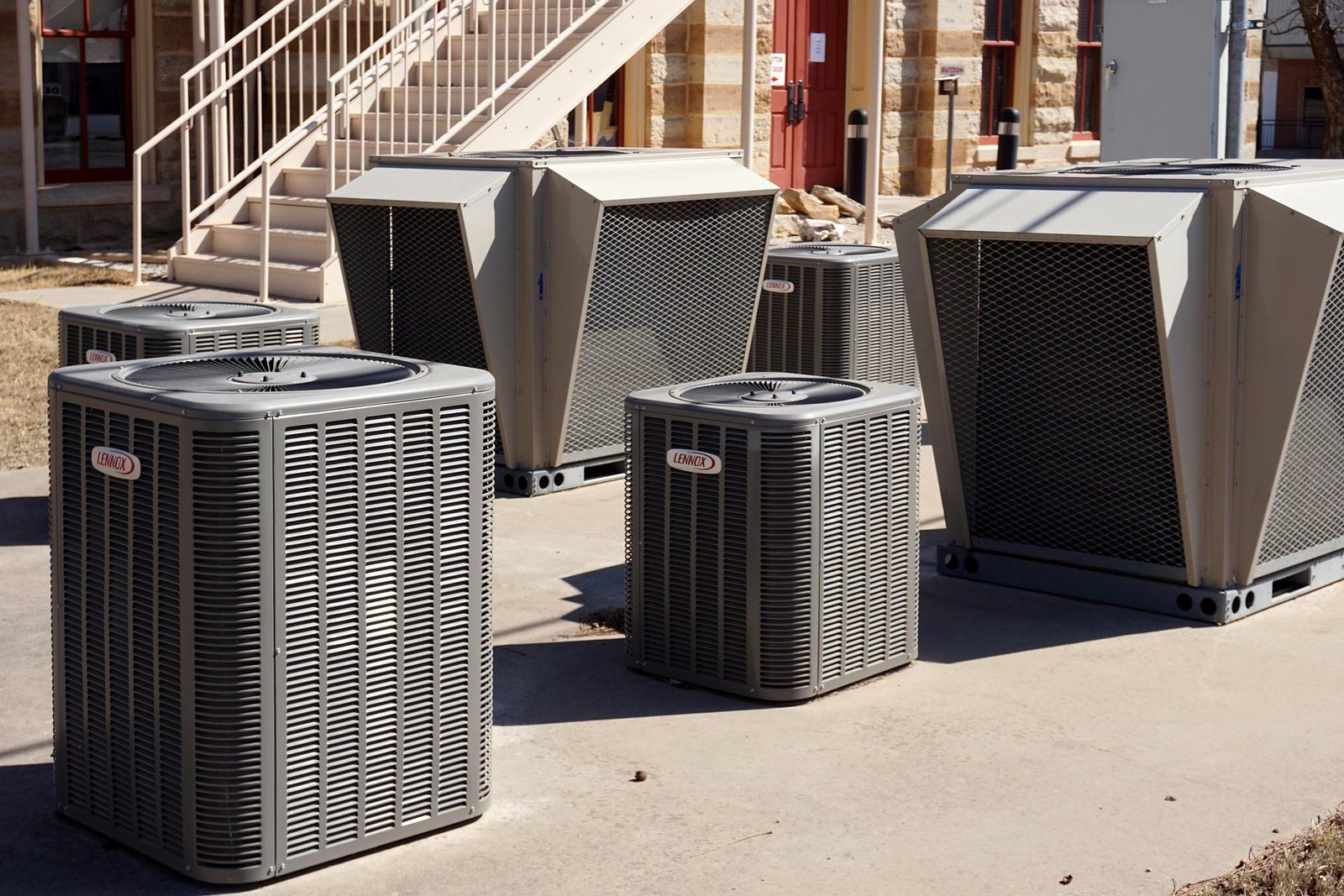Throughout the winters, we rely on our heating systems to keep us warm, and in the warmer months, we count on central air to keep us cool. It is also a substantial investment that has the potential to increase the value of your property. However, often individuals are unaware of how these heating and cooling systems function, despite the fact that they are an essential aspect of being a homeowner. The HVAC system in your building is basically a large machine that includes a ventilation arrangement, thermostats, and different gadgets that cool or heat the air. Understanding the fundamentals of how this system works can be quite useful when considering whether to fix or replace it. If you need professional help with your HVAC system, Dulles Plumbing, Heating, and Air can definitely come in handy.
- How Does Our Warming System Operate?
A furnace or a boiler can power a central heating system. The furnace, which runs on either gas or oil, is the primary source of heat. According to Trane, a heating and cooling manufacturer, your furnace’s burners create combustion gasses, which are then transferred via a heat exchanger. Following the passage of gasses via the furnace, air from your house is drawn into the exchange and heated. Air ducts distribute warmed air throughout your home. Other heating systems provide hot water or steam to radiators or convectors positioned throughout the home through pipes. This system, which is commonly seen in older homes, heats the water largely through the use of a boiler.
- Centralized Air Can Help You Cool
Air conditioners, like refrigerators, run on electricity and remove heat from the air. Most central air conditioning systems are split, with an exterior cabinet housing the condenser coil and compressor and an interior evaporator coil. This coil is fitted with your furnace and works in conjunction with the heat to push out cold air. A heat pump not only heats but also cools the air. The blower within the furnace circulates air throughout the house, but it is first cooled by an air conditioner’s internal coil. An air conditioner works by taking heat from the air and releasing it to the outside, while also pushing cold air throughout the home using the same ductwork as your heating system. When this air conditioning system fails, replacing the air filter is sometimes all that is required. Other times, hiring an HVAC specialist is the best solution.
- Components Of A Central Heating & Cooling System
Central heating and cooling systems consist of a whole-house air conditioning system, furnace, ventilation system, and blower fan that distributes processed air all through your home. Let’s disassemble the individual components:
- Air Conditioning Unit – comprises an exterior condenser and compressor unit, an interior evaporator coil, air handler, ventilation ducts, and blower fan, as well as copper tubing through which runs a refrigerant between the indoor and outdoor setup.
- Furnace – the central heating component or fuel burner, as well as the ignition coil or pilot spark, and the piping system that links it to the heat exchanger coil and the gas valve, are all contained within the furnace.
- Ventilation System – comprises the pipework that distributes treated air around the home and feeds it back to the heating and cooling equipment, including the blower fan and air handler. An air purifier is installed near the point where returning air is pumped into the heat exchanger.
- Thermostats – usually found in the living room, it is the system’s terminus for user participation and adjusts the temperature by notifying the heating or cooling equipment of the temperature you specify.
A synchronized system with elements built to function collectively is the most popular heating and cooling system in the United States. This usually refers to the matching of the interior and exterior central air conditioning modules. This is necessary for effective functioning and a high degree of comfort in your house. The ventilation, pipework, air handler, and blowers are shared by the air conditioning and heating units. A mismatch here might also cause issues as well.
- Smart Thermostats: How Do They Work?
Smart thermostats make it simpler and more convenient to regulate your HVAC system. Scheduling options, voice activation, app connectivity, and other capabilities vary depending on the type of electronic thermostat you have. You may configure your ideal temperatures depending on your schedule, varying with the time or day of the week, using scheduling tools. Smart thermostats with voice control enable you to adjust the temperature without even getting out of bed.
You may be more competent in determining when and where issues arise now that you have a broad grasp of how HVAC systems operate. You’ll also feel more at ease while speaking with an HVAC specialist or weighing your alternatives. However, keep in mind that these systems are complex equipment that uses potentially toxic chemicals and should only be repaired by experts.

